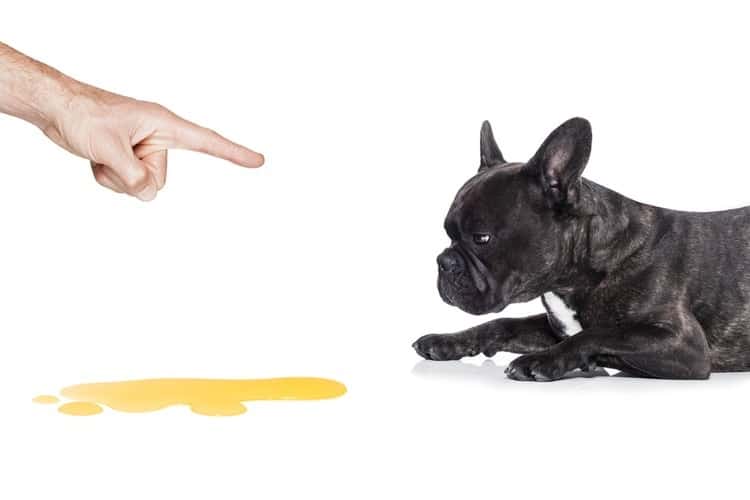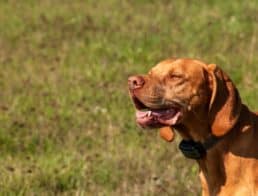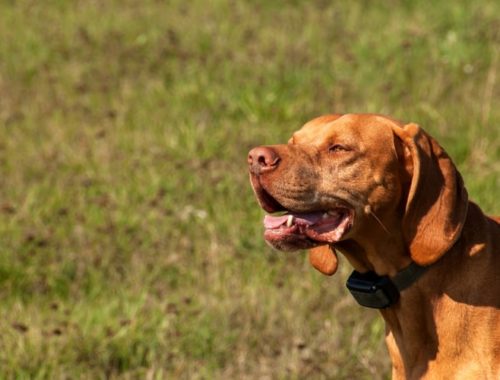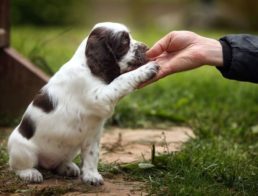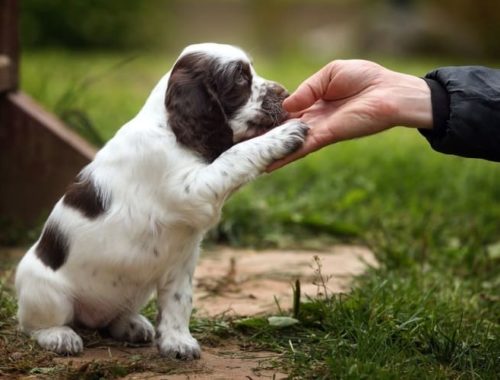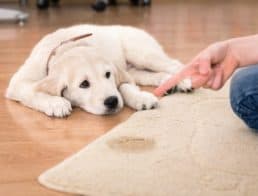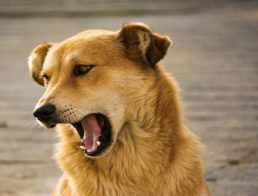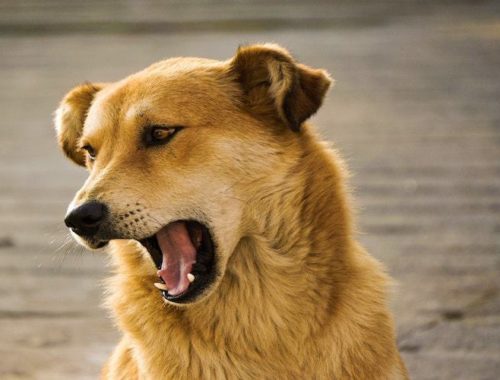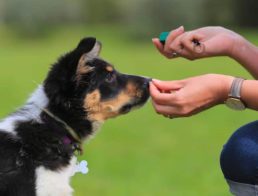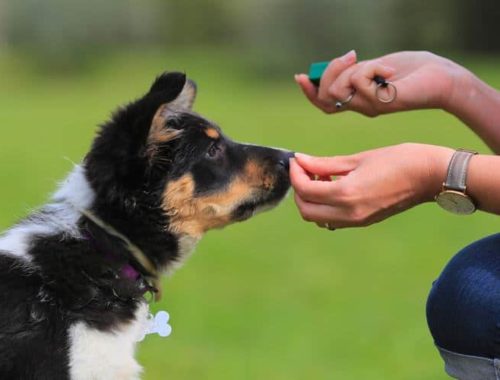Unless you live in a temperate climate, the chances are your pet will be living at least part-time inside with you. And that means you’re going to want to make sure a new puppy doesn’t mess all over your house. House training your puppy may be more or less difficult depending on breed and on your dog’s unique personality, but you’ll find if you follow a few key steps, you’ll be more likely to train your pup with a favorable outcome.
Remember while you’re training to maintain your patience with your puppy. It’s natural to feel frustrated by anything that messes up your home, but keep in mind that it’s his home, too, and he certainly doesn’t want to mess in his home. Once you get that through to him, things will start clicking.
1. Familiarize Puppy With His Home
The very first thing you’ll want to do is make sure your puppy knows the ins and outs of his new home. If there are any places that he shouldn’t be, you shouldn’t show him these during his initial tour. Emphasize places that will be his or where he will be expected to hang out most.
Let him spend as much time as he can in his potty space the first few days. If that means your backyard, spend some time with him out there. If he just happens to go potty outside while you’re out there, make sure to praise him.
2. Establish a Routine
You will need to be consistent while you’re establishing a routine. When you’re training your puppy, you’ll need to get him into the habit of going out at specific times so he’ll know exactly where and when it’s okay to go. As a general rule, a puppy should be able to “hold it” one hour for every month of age. So make sure your routine allows for that. You should plan an outside trip just after every meal, also.
Part of this routine should be establishing a “potty zone” outside. This zone should be easily cleaned up and free of other dogs’ urine smell. It should also be close to the door so that in case of a potty emergency, it will be easily accessed.
3. Keep a Close Eye On Your Puppy
Doing this will allow you to interrupt accidents as they happen. You may even learn your puppy’s cues that he needs to go potty so you can put him out before he goes.
Keep him close during his training so you’ll be able to watch out for him. Move him with you as you go from room to room and limit his space so he doesn’t wander off and potty in another room without you knowing.
4. Reward Good Behavior with Lots of Praise
If humans do well with positive reinforcement, dogs positively shine with it. Your pup wants to please you, and once he knows how he’ll spend a good deal of his time trying to do so. Because of this, the more success he has, the more success he will have. After every success, celebrate with him; give him words of encouragement, pet him and give him small treats. You can pick up some training treats to help along the way.
For more options, check out our list of the Best Dog Training Treats.
5. Remember That Accidents Happen
Of course, you don’t want to explode on your dog every mistake he makes, and you should expect accidents to happen. But you will want to be firm with him so he knows that it’s not acceptable behavior. You’ll want to make loud noises like a clap or give a short, loud “No!” or “Outside” to startle him, but an extended yelling will not only be detrimental to your relationship, it will go on deaf ears since he cannot understand the words you’re saying.
You’ll need to clean accidents immediately and thoroughly. If your puppy can smell his mistake, he may begin to think they weren’t really mistakes. If that happens, you can push a kind of “reset” button by relocating his food to that space so he knows that is really not the place for his waste. If you notice there is an odor even after cleaning, consider using a more robust cleaner. You’ll probably want a specific puppy mess cleaner to be especially thorough.
6. Make a Plan For Times Away
You’ll want to confine them if you’re going to be away. If the weather is ideal and your backyard is secure, you can allow him to be outside for short periods of time. If you have a doggie door, you can allow him access to the room immediately inside, as well.
Otherwise, you’ll want to make sure you limit your time away from your puppy, especially while you’re in the early training stages. For those unavoidable times, you’ll definitely want to limit their space. Ideally, you’ll keep him off the carpet and onto tile or linoleum to make any accidents easier to clean. You may also want to consider puppy pads. But keep in mind that puppy pads will likely drag out the house training because your puppy can get a touch confused.
Always make sure your puppy has access to food and water if he is outside for an extended length of time. You should always have a back up in case of weather that is too extreme; that includes heat, cold, rain or wind. If you wouldn’t want to spend hours in it, it’s a good idea to make sure your puppy doesn’t have to, either.
If you’re looking for additional training advice, make sure to check out our other pet training articles.


